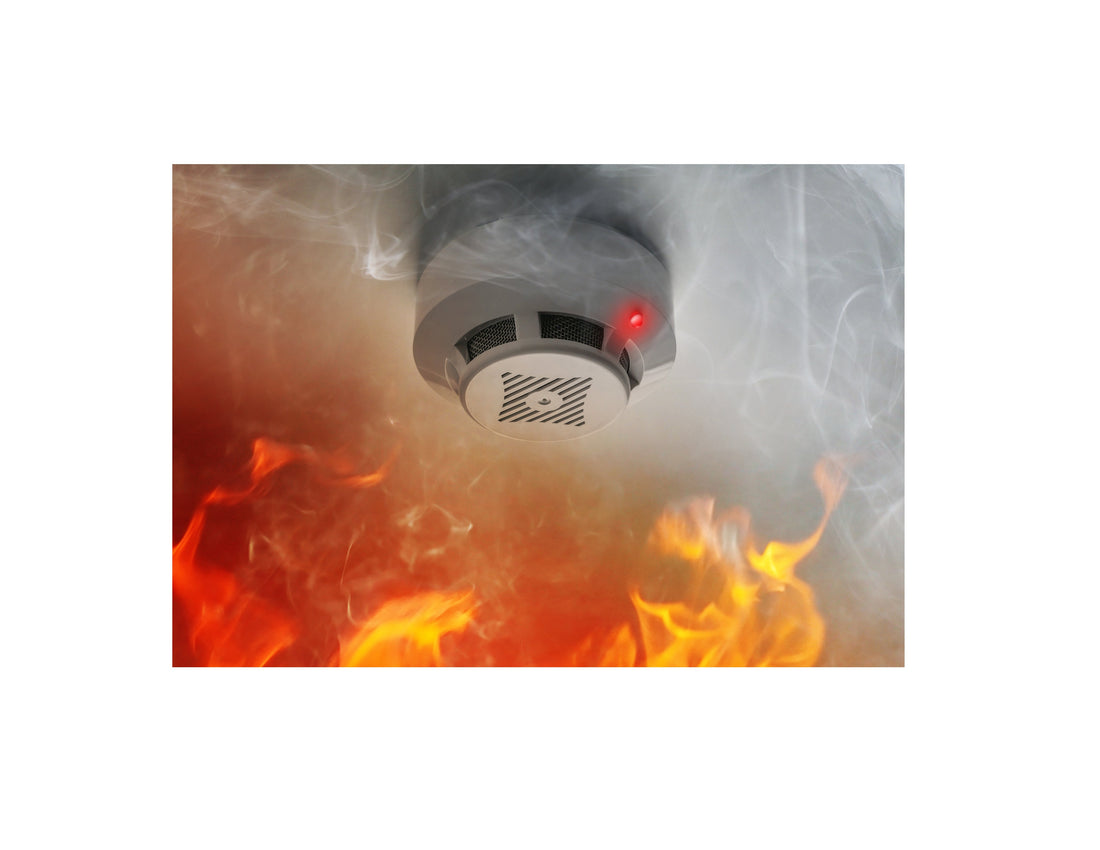By Janelle Parker, NC Teacher of the Deaf and Hard of Hearing
Why Nighttime Safety Needs Extra Care
Most home fires happen at night—when everyone’s asleep, hearing aids and cochlear implants are off, and the home is quiet.
For children who are Deaf or Hard of Hearing, this means they may not hear a standard smoke alarm in time. Even if parents wake easily, every second counts.
That’s why families need a plan that fits their child’s way of communicating and sensing the world—being ready for times when hearing devices aren’t available or lighting is too dim for signing.
Choosing the Right Alarm System
Traditional smoke alarms rely on loud sound. Children with hearing loss need alarms that also use light, vibration, or a combination of signals that work even without hearing devices.
Look for systems that include:
- Bed shakers that vibrate under the pillow or mattress
- Strobe lights that flash when the alarm sounds
- Linked alarms so everyone in the home is warned together
- Battery backup for power outages
For children who use cochlear implants, make sure the alarm will still alert them even while their devices are charging for the night.
Create a Family Escape Plan
A clear plan helps turn fear into action. For times when hearing devices are off—or for children who use sign language—visual cues make directions clear and calm.
-
Draw a map showing two ways out of each room
- Use glow tape or flashlights to mark exit paths
- Practice at night so your child learns what to do in the dark
- Choose a meeting spot that’s easy to see, like the mailbox, a tree, or a neighbor’s porch
Practice walking to the meeting spot so your child automatically knows where to go.
Explain each step using spoken words, sign language, or both—the goal is confidence, not panic.
Coordinate with Emergency Responders
Many 911 systems use Computer-Assisted Dispatch (CAD) to guide firefighters. Families can request that their home record note that a Deaf or Hard of Hearing child lives there.
This alerts first responders to use visual signals and be ready for sign language or other communication methods.
Ask your local fire department how to add this information—it helps responders keep your child safe and calm during emergencies.
Talk About What to Expect
The lights, vibration, and urgency can be startling. Talking about it ahead of time helps children feel prepared.
You might say:
“If you see the light flashing, that means it’s time to get up and go outside.”
“If your bed shakes, follow the light and meet us at the mailbox.”
Repeating these steps builds comfort and helps every child—whether they use speech, sign, or a cochlear implant—know what to do without hesitation.
Want to learn more about helping Deaf and Hard of Hearing children stay safe and confident?
If you or any of your colleagues or students’ families have questions about the implications of hearing loss in the classroom, please reach out to a Teacher of the Deaf and Hard-of-Hearing from Equalize Services. We are here to help!

